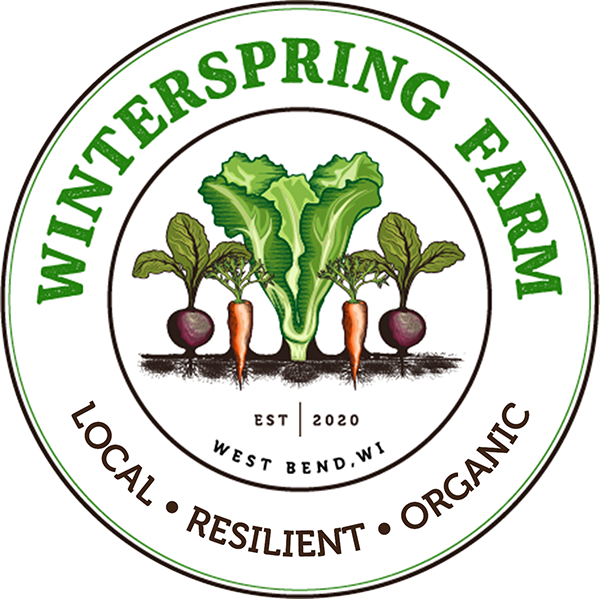Tokyo Bekana
Culinary Use, Storage, & Benefits
Vegetable Profile: Tokyo Bekana (Brassica rapa chinensis)
DESCRIPTION
This lighter relative of classic Chinese cabbage is lesser known, but boasts all the classic qualities that people often seek in their greens. So versatile, mild, and tender. A non-heading variety similar to choy, but with a soft lettuce texture. Delicate, buttery leaves add a sweet, spinach-like flavor with a hint of peppery flavor. raw as a slaw or salad. The crisp midribs make it great in a light sauté too, as long as you add it as the last ingredient so it doesn’t melt away. Tokyo Bekana, as you might have guessed from the name, originated in Japan. It’s harvested in all stages of growth, and grows relatively fast compared to other cabbages.
NUTRITION
Tokyo Bekana has much in common with its cabbage family relatives in terms of nutritional benefits. It’s cooling energetically, and therefore can be helpful with inflammatory conditions. It tonifies the stomach and intestines, and is rich in fiber. Eaten raw, it’s a good course of vitamin C. It also contains antioxidant beta-carotene, calcium, magnesium, iron, and folate.
STORAGE
Keep Tokyo Bekana in a water-tight container in the fridge for up to 5 days.
USE
Remove the individual leaves from the rosette before washing, to make sure all sand or dirt is removed from the base. Use the soft buttery tops in salads sliced thin like confetti, or incorporated into a slaw. The juicy, sweet stems can be gently cooked, or eaten raw with hummus or veggie dip.
Sources:
New Whole Foods Encyclopedia by Rebecca Wood
SpecialtyProduce.com
Asparagus to Zucchini by Fairshare Coalition
Our own experience!

